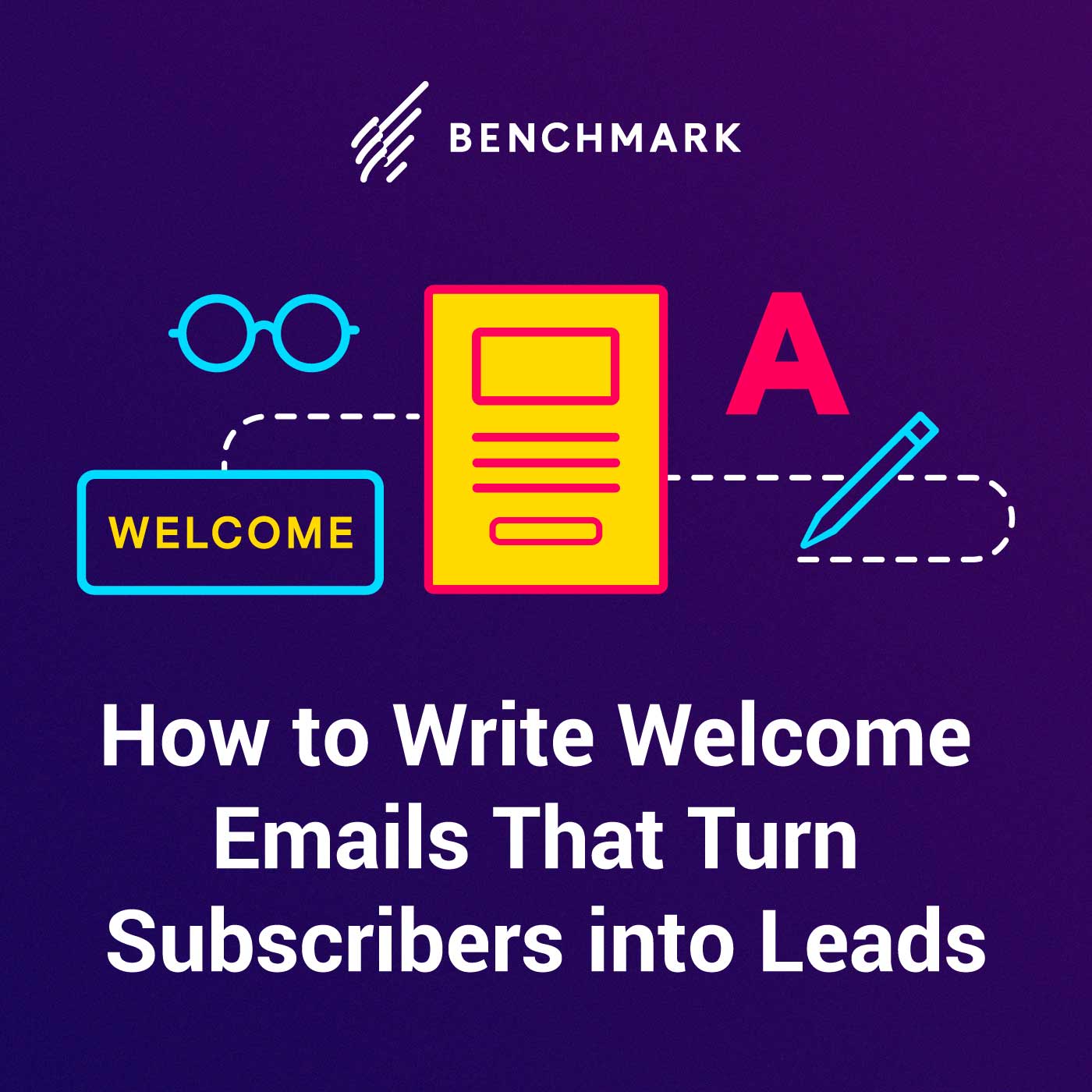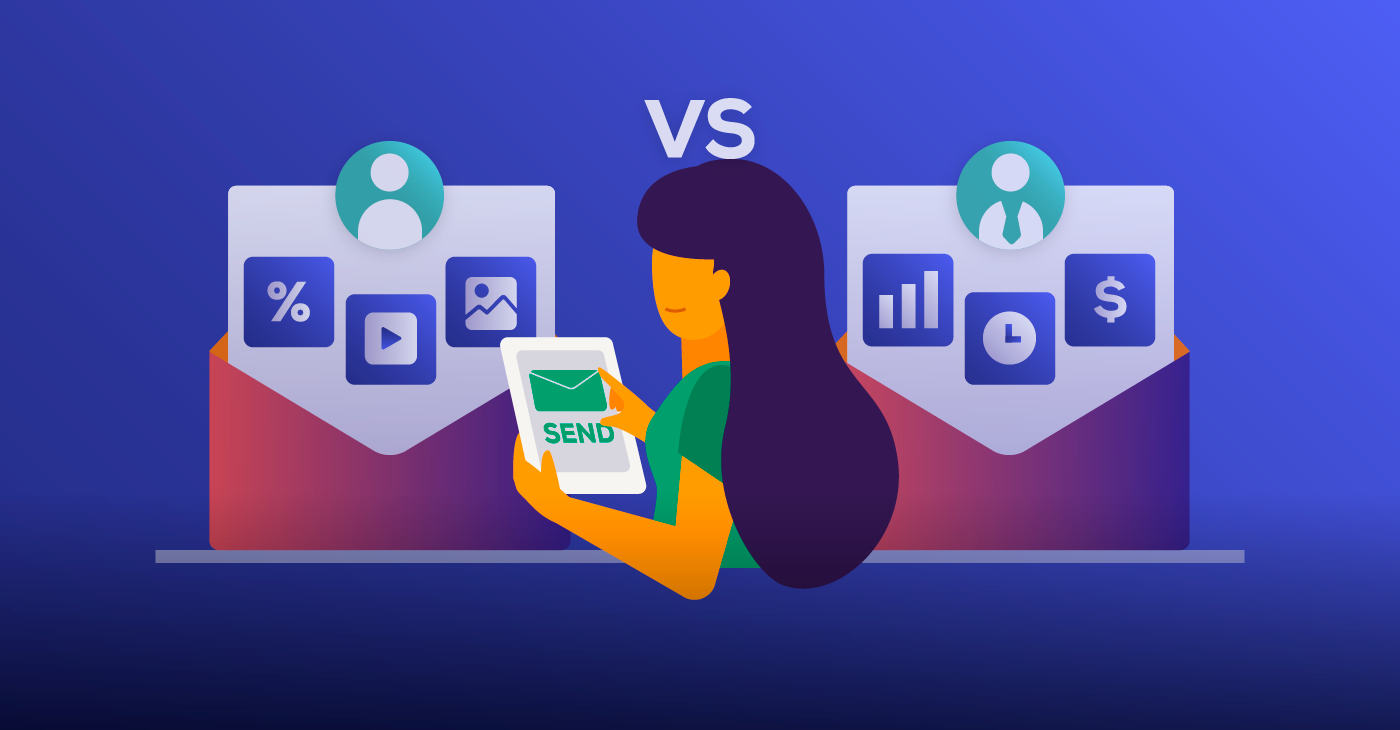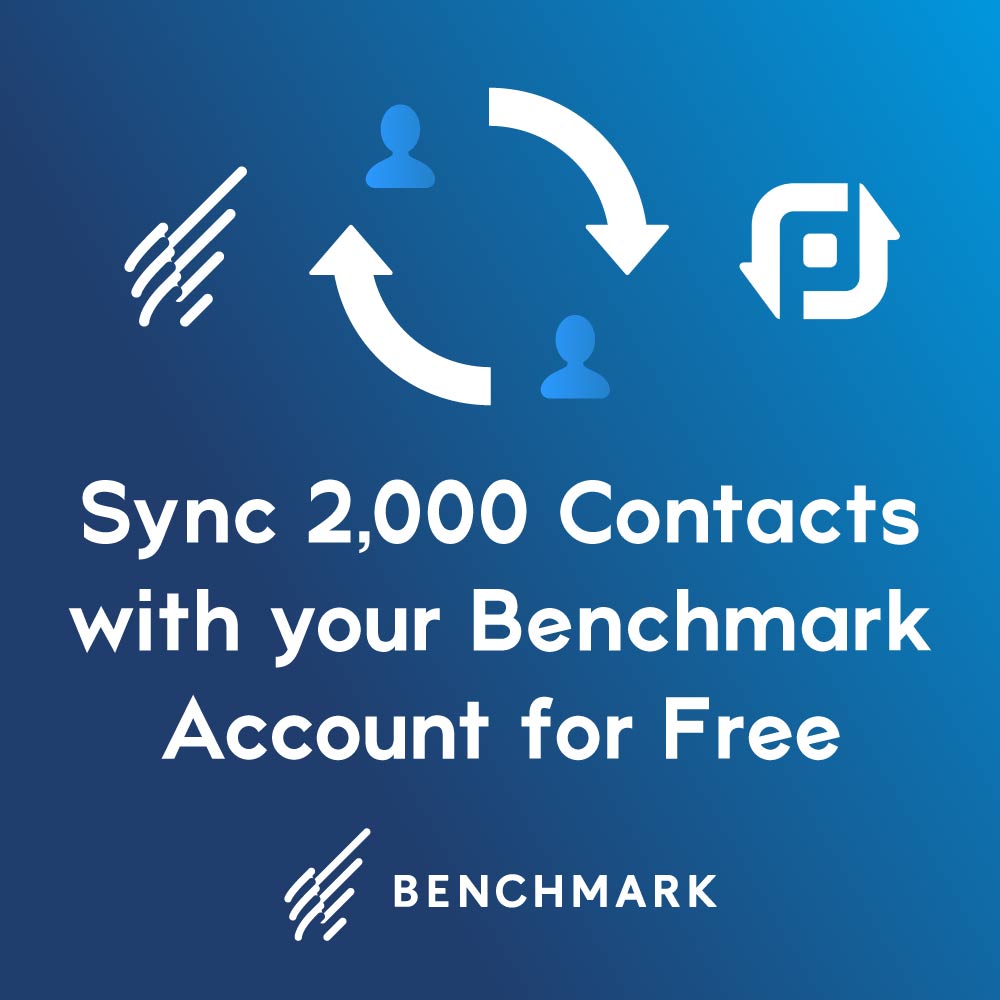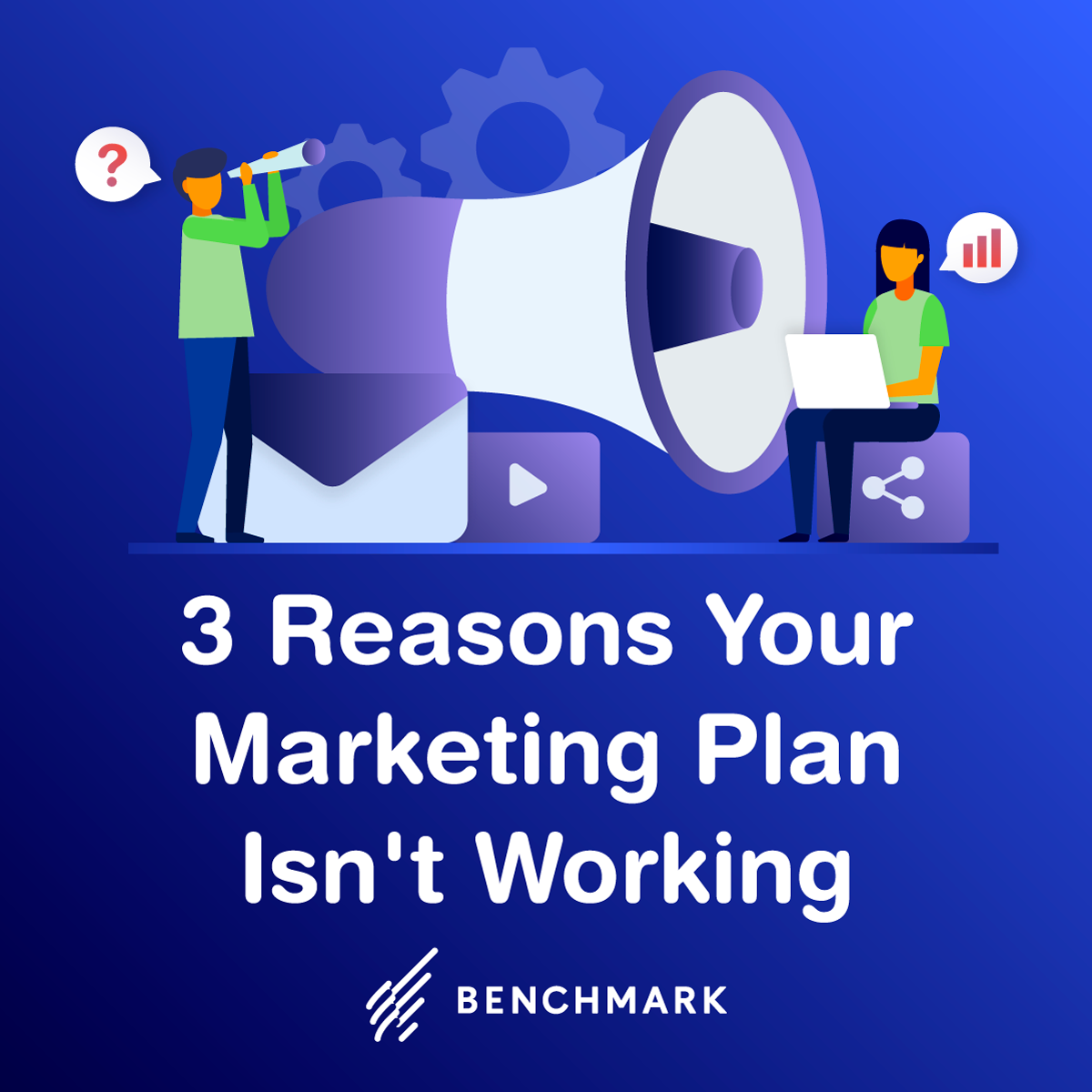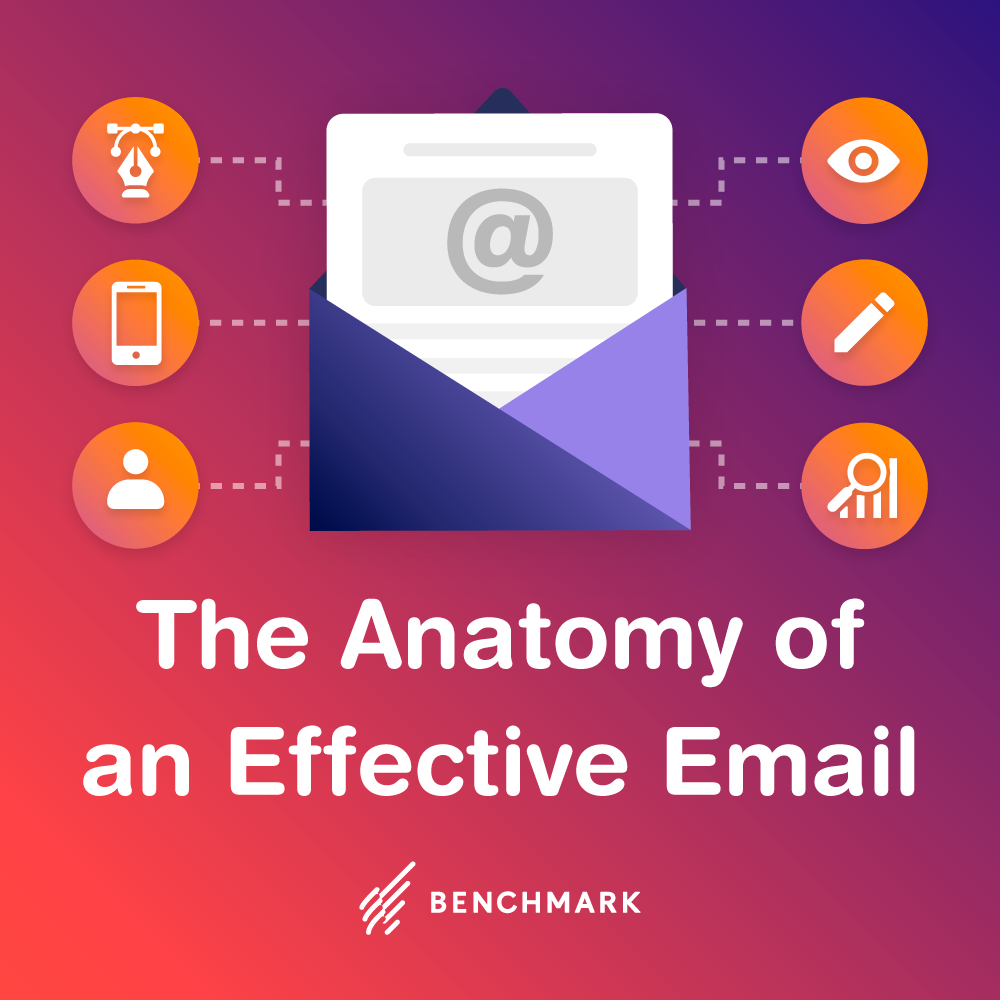How to Write Welcome Emails That Turn Subscribers into Leads
November 1, 2018 8 min read

You never get a second chance to make a first impression, right?
Especially today, in the world of online business and communication, when a short attention span and content shock run the shots, and where tons of emails from dozens of brands attack users’ inboxes in the hope of loyalty and sales.
But there’s a catch:
We spend hours and budget on planning and implementing stellar email marketing campaigns, test them, optimize them to align with consumer interests and needs… just to find out that most people don’t want to see our marketing emails at all. In fact, only one-fifth of users open newsletters and business emails, which makes us lose around 80% of our target customers.
Oops!
The good news is, we can change that. Given that 72% of people still prefer communicating with brands via email, we marketers have a powerful weapon to turn subscribers into leads and make them look forward to our next newsletters:
A welcome email.
What Makes Welcome Emails So Powerful
As you probably know, 3 out of 4 users expect to see a welcome email after subscribing. That explains the following — and quite encouraging for email marketers — stats from Soundest:
It’s like dating online.
Attracted by your profile and photo (read: your website, blog, or landing page), people express interest by “poking” (read: subscribing) you and waiting for you to meet their expectations. Now it’s your turn to take a step: write and send a welcome email that will “wow” them with your brand personality so they will look forward to your next letter, open and click on it, and therefore turn into your friends (read: loyal customers).
A welcome email is your chance to:
- Make a first impression
- Introduce your brand
- Set clear expectations and the tone of your relationship with followers
- Get to know them better
- Stand out from competitors
- Motivate the target audience to become your loyal subscribers and, anytime soon, customers
Crafted by expert marketing writers, welcome emails meet users’ expectations, guide subscribers, and engage them in communication to see and heighten their interest in the brand as well as learn their preferences. All this allows your business to move through a sales funnel successfully.
To make welcome emails work, you need to engage your inner creative genius but yet follow some rules of web writing.
Here are several techniques to try:
What to Write in Welcome Emails
As well as any other marketing instrument, a welcome email must live up to its task. What to write there?
Here go options:
- Confirm the subscription and thank a person for choosing your brand.
- Tell how they can manage their email notifications.
- Give them a present for the subscription.
- Set expectations: share the information on what types of content they will get from your newsletters and how often you are going to send them.
- Ask subscribers to whitelist you.
- Introduce your brand and website.
- Introduce the sender of your newsletters, if you have one.
- Reveal your competitive advantage.
- Share some works and clients’ feedback.
- Answer all possible objections they might have.
- Invite them to follow your brand on social media.
- Bring them into the dialogue. (Ask to tell about themselves; therefore, you’ll learn more about subscribers and understand what content they would like to get from you.)
Case in point:
The welcome email from Michaels includes several elements at once: it thanks subscribers, sets expectations, invites them to set preferences, and gives a present (discount) for building loyalty and better engagement.
Here’s the full version.
That from Peel asks to follow their brand on social media, sharing some user-generated content. It’s a great way to build awareness and trust, making new subscribers feel their affiliation with the brand.
See the full version here.
And this one from Strava introduces the brand and tells how they can help a user, inviting to manage email notifications.
The full version is here.
It’s all well and fine, but are there any particular language and design tricks to craft killer welcome emails?
Yes!
How to Write Welcome Emails
Given that a great welcome email goes beyond the “thanks for being with us” stuff, your task here is to make subscribers feel excited about joining you. So, write a sincere, heart-warming, and personal email that will build a positive impression of your brand and tell people what’s in there for them.
How to do that?
1. Craft a subject line
Welcome emails have the highest open rate among others. To increase it even more, nail subject lines accordingly.
First, answer two questions:
- What’s the goal of your welcome email?
- What action should subscribers take after reading it?
Depending on these two factors, a subject line of your welcome email may differ but yet be concise, intriguing, inviting, and actionable.
Tricks to use:
- Personalization. (Add a recipient’s name to the subject line.)
- “A question inside” trick. (Add this phrase to the subject line, if relevant.)
- A surplus value. (Mention what’s in there for subscribers: a gift, a discount, a bonus, etc.)
- Add emojis, if relevant to your brand voice and tone, but don’t overplay. Emojis make a subject line more personal and human.
- Avoid spam words, preventing your emails from coming to users’ inboxes.
2. Make it short
Your welcome email should be short and sweet. Consider 50-150 words, craft them into a catchy text with the most significant information at the beginning, and make sure it doesn’t sound pushy. It’s about welcoming, not selling.
By way of example, here goes a short but clear and informative welcome email from Cult Beauty:
Hint: Use active verbs only! Also, avoid colloquial expressions and other email etiquette mistakes.
3. Use power words
Each word of your email matters. It triggers emotions, inspires readers, motivates them to follow you. Some words engage us, others — drive us nuts! Use that linguistic power for your marketing benefit, and write the right words in emails.
Some rules of web writing to remember here:
- Stick to words everybody knows; avoid long words and sentences.
- Get straight to the point.
- Tell them what they get; don’t tell about yourself. In other words, answer the “So what?” question.
- Consider your brand voice and tone.
- Read the text of your email aloud before sending. Make sure it has a rhythm; edit accordingly.
The most effective words to write in emails are: you/your, now, because, new, thank you, guarantee, free, P.S., and limited. Also, don’t forget about a recipient’s name. Freedom seems to know that:
Tip: Send emails from an actual person behind your brand rather than the brand itself. It builds trust, makes an email sound more human, and increases the open rate.
4. Format it like a boss
Both plain text and HTML formats are okay as long as they work with your audience: the former looks more natural like it’s a friend who sends this email, and the latter is more colorful and therefore catchier.
Thanks to many email templates available, most marketers prefer crafting messages with colorful elements to make them visually appealing and help subscribers understand their brands better. Images and colors trigger emotions, help to process and remember the information faster, and build an impression of your brand.
Did you ever wonder why so many brands had blue in their logos and email design?
It’s basic color psychology: blue is about trust, efficiency, and integrity; isn’t that what we want to communicate with a welcome email? Like guys from Weebly do:
See the full version on Pinterest.
Sure enough, it doesn’t mean you need to give up everything and change your brand’s identity so it would have a blue color in it. Just think of incorporating some shades of blue into the color scheme of your welcome email to give it a little boost.
5. Add a stellar CTA
Your welcome email won’t work if it’s a mere “thank you.” It stands to reason you need to add a CTA, but are you sure you use the right one?
First and foremost, follow the rule: one email = one CTA. Make it obvious what you want subscribers to do.
Second, make it concise and easy to find.
And third, make it a button rather than a link, even if using a plain text style for your welcome email. Or, at least make that link of a different color. You’ve got the idea: a CTA should draw the eye.
5 Secrets to Welcome Emails Optimization
To get the most out of welcome emails, work on their optimization. First and foremost, send them as soon as possible to confirm subscription and let people know you are with them. When giving you their email address, new subscribers are waiting for the feedback to take further actions. So, grab the moment.
Tip: Send the first welcome email within 5 minutes after subscription. People hate waiting too long. If you have a welcome email series, send the second letter in a day, and the third one — 2-3 days later.
Also, use your brand identity in a welcome email. Choosing an email template design, consider colors and shifts that would help a user to visually identify your message with a website where he left an email address a few minutes ago.
Monitor your subscribers’ actions and respond accordingly. Consider segmentation to understand who opens your welcome emails and re-send them to those who don’t but with a different subject line. Also, it’s worth trying to send a follow-up to such subscribers: chances are, your welcome email went to spam or failed to display right in a user’s inbox.
Known as reactivation newsletters, they are often used by marketers. Here’s one from Buzzfeed, for example:
Read the full version here.
Just craft a text, relevant to your new subscribers, and make them know your brand is here for them.
Optimize a subject line of your welcome email, either. It stands to reason that it’s aimed at thanking and welcoming a new subscriber to your community, but some options are still available to encourage clicking:
- Welcome to Benchmark! What’s next?
- Thanks for joining us! Here’s your 10% discount.
- Welcome to the Benchmark family! Donuts inside.
To avoid mug hunters using fake email addresses to subscribe and get discounts, consider a welcome email series where the first letter asks a person to confirm his email, and the second one comes with donuts to confirmed emails only.
Checklist
Long story short, here’s your checklist to writing stellar welcome emails that will engage subscribers, build their loyalty to your brand, and turn them into leads:
- A familiar sender. It may be a particular person or a brand name, but a user needs to understand from whom the email comes.
- Appealing but relevant subject line and preheader. (Yes avoiding a preheader is among most common email marketing mistakes!)
- Well-timed content: greetings, thanks for registration, introducing a brand, etc.
- Clearly mentioned benefits for subscribers. Shaping the right expectations.
- Donuts for subscribers: promo codes, bonuses, discounts.
- Call to action.
- Social media subscription buttons.
- A link or a button, allowing users to unsubscribe from your newsletters.
- Sending a welcome email series, make sure it’s consistent and meaningful.
As far as 74% of new subscribers wait for your welcome emails, it’s a window of opportunity to work with the audience for the sake of business. For this very reason, their writing and optimization require time and thorough preparation. But the positive result won’t take long in coming!
Do you send welcome emails to new subscribers? What tricks would you recommend to peers on welcome emails optimization?

